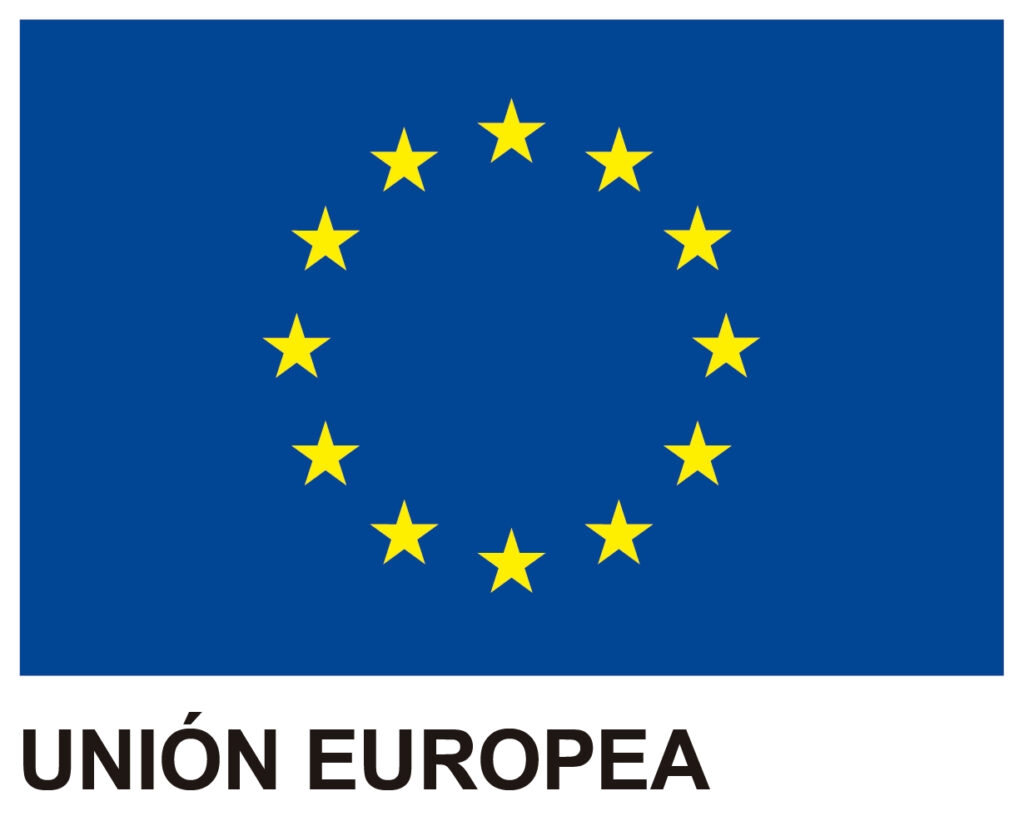The ISO 22301 standard is an international standard that establishes the requirements for business continuity management systems. It was published by the International Organization for Standardization (ISO) in May 2012 and is the successor of the BS 25999-2 standard, which was developed by the British Standards Institution (BSI) in 2007. The current version of the standard is ISO 22301:2019.
The ISO 22301 standard defines the requirements that business continuity management systems (BCMS) must meet to ensure an organization can continue operating during and after crisis situations, such as natural disasters, cyber-attacks, pandemics, armed conflicts, or any other event that may interrupt its activities.
ISO 22301 is applicable to any type of organization, regardless of its size or sector. Business continuity management systems can be implemented by public or private companies, non-profit organizations, government institutions, among others.
The structure of the ISO 22301 standard
The ISO 22301 standard consists of 10 sections that establish the requirements for Business Continuity Management Systems (BCMS) of organizations. The following are the sections of the ISO 22301 standard:
- Scope: This defines the scope of the organization’s BCMS, specifying the processes, activities, and areas included in the system.
- Normative references: This section includes an additional standard and related documents applicable to the BCMS.
- Terms and definitions: It provides the breakdown of terms and definitions used in the ISO 22301 standard, ensuring that all parties involved in the BCMS use the same language and understand the same concepts.
- Context of the organization: This section establishes requirements for the organization to understand the context in which the BCMS operates, including legal, regulatory, and contractual requirements, stakeholders, and the BCMS scope.
- Leadership: Here, the requirements are listed for the top management of the organization to assume responsibility for implementing and maintaining the BCMS, and commit to providing the necessary resources, considering the continuity policy and associated roles and responsibilities.
- Planning: This section sets the requirements for BCMS planning, including risk and opportunity identification and setting objectives.
- Support: It outlines the requirements for supporting the BCMS, including resource provision, communication, documentation, knowledge, and competence.
- Operation: Here, the requirements for BCMS implementation and operation are developed, including conducting Business Impact Analysis (BIA), risk analysis, mitigation measures, crisis management, and plans and tests.
- Performance evaluation: This section indicates the requirements for evaluating the BCMS performance, including measurement, analysis, and evaluation of the system’s effectiveness, as well as conducting internal audits and management reviews.
- Improvement: Lastly, this section lists the steps to follow for the continuous improvement of the BCMS, including taking actions to address non-conformities, evaluating the effectiveness of the actions taken, and updating the BCMS.
Benefits of implementing ISO 22301 in companies
The implementation of a business continuity management system based on ISO 22301 offers several benefits for companies, including:
- Risk identification and evaluation: The standard provides a framework for identifying and evaluating risks that may affect the business continuity of an organization. This includes physical risks such as earthquakes or fires, as well as cyber risks or supply chain-related risks.
- Crisis response planning: You can establish the requirements to develop crisis response plans that enable the organization to respond quickly and effectively in emergencies.
- Implementation of mitigation measures: As a result of conducting the risk analysis mentioned above. Mitigation measures will be implemented to minimize the impact of crises and improve the organization’s recovery capability.
- Business continuity maintenance: ISO 22301 sets the requirements for maintaining business continuity during and after crisis situations. This includes implementing backup systems and recovery plans to ensure the organization’s operations can continue in a degraded environment.
- Periodic testing: A key aspect when implementing the BCMS is planned testing to verify that all continuity plans function correctly within the expected timeframes.
- Continuous improvement: Another benefit of implementation is that ISO 22301 also establishes requirements for evaluating and continuously improving the business continuity management system. This helps organizations adapt to changes in their environment and enhance their recovery capability.
Companies with a business continuity management system based on ISO 22301 have a competitive advantage over organizations without such systems. It enables them to be prepared to face crisis situations and minimize the risks associated with interruptions in their activities. It is an essential standard for any organization seeking to improve its ability to deal with crises, and its implementation helps organizations maintain business continuity and enhance the effectiveness of the system. Additionally, it not only benefits the organization itself but also improves its reputation, as it demonstrates its commitment to business continuity and its responsiveness in crisis situations.
Why implement the standard ISO 22301 with a software?
Implementing a Business Continuity Management System (BCMS) based on the ISO 22301 standard can be a complex and challenging process. However, using software specifically designed for BCMS can simplify and streamline the implementation process, enhancing the system’s effectiveness and efficiency in a quick and user-friendly manner.
Here are some reasons why it is recommended to implement the ISO 22301 standard with software:
- Process automation: Specialized software for BCMS can automate many of the processes required for system implementation and maintenance. This includes automating documentation, risk management, incident management, and business continuity plans.
- Improved efficiency: Process automation can enhance the efficiency of BCMS implementation, allowing resources to focus on other important tasks.
- Increased accuracy: Automation improves the accuracy of information managed in the BCMS, enabling better decision-making.
- Enhanced security: Specialized software for BCMS can improve information security, preventing confidential and sensitive data from being lost or compromised.
- Improved collaboration: Specialized BCMS software can enhance collaboration among different departments in the organization, facilitating information sharing and decision-making.
- Complete traceability: The tool provides tracking between processes, assets, BIA, risk analysis, strategies, plans, and tests to ensure that everything is fully considered in the BCMS.
- Ease of auditing: Using specialized software for BCMS can facilitate system audits, enabling better documentation and tracking of actions taken.
Enhance your ability to face crisis situations and minimize the risks of disruptions in your activities by implementing the ISO 22301 standard with GlobalSuite Solutions. Automate processes, improve accuracy, and collaborate on decision-making with our specialized business continuity software. Request a free demo today and discover how we can help you implement and maintain an efficient and effective Business Continuity Management System. Trust GlobalSuite Solutions to tackle crisis situations with confidence!





